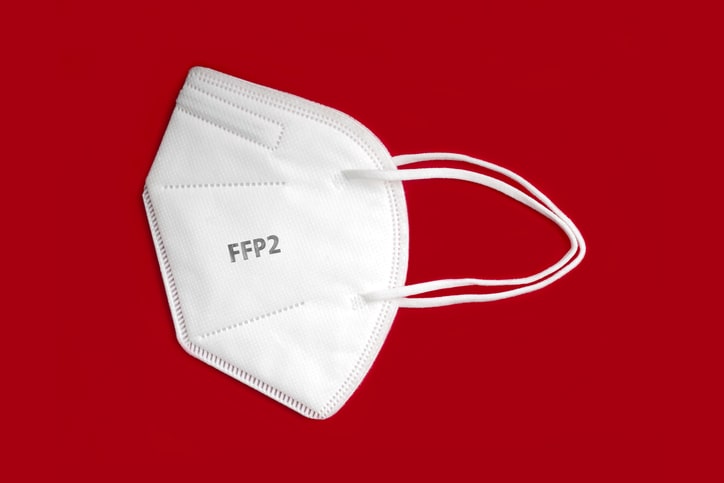
A study suggests that reduced red blood cell (RBC) lifespan, mediated by altered RBC metabolism reduced deformability, and enhanced cell death contribute to the development of anemia in proteinuric kidney disease. The findings were published in Kidney International.
“Anemia is a common complication of chronic kidney disease (CKD), affecting the quality of life of patients. Among various factors, such as iron and erythropoietin deficiency, RBC lifespan has been implicated in the pathogenesis of anemia. However, mechanistic data on in vivo RBC dysfunction in kidney disease are lacking,” the study authors wrote.
Investigators conducted experiments on 8-week-old wild-type 129S1/SvImJ mice of both sexes with doxorubicin-induced nephropathy (DIN). All animal experiments were conducted according to the National Institutes of Health Guide for the Care and Use of Laboratory Animals and the German Law for the Welfare of Animals, the researchers noted.
The researchers then assessed blood and urine samples from 10 patients with CKD due to primary nephrotic syndrome with preserved glomerular filtration rate (GFR), 15 patients with proteinuric CKD with reduced GFR, and 25 healthy controls.
In both experimental models, the results showed anemia manifested at day 10 and progressed at day 30 despite increased circulating erythropoietin levels and erythropoiesis in the bone marrow and spleen. The investigators observed that circulating RBCs in both mouse models exhibited altered morphology and diminished osmotic-sensitive deformability along with augmented phosphatidylserine externalization on the outer plasma membrane, a hallmark of RBC death, as they noted. The analysis showed that fluorescence-labelling of RBCs at day 20 of mice with doxorubicin-induced kidney disease revealed premature clearance from the circulation. Metabolomic analyses of RBCs from both mouse models demonstrated temporal changes in redox recycling pathways and Lands’ cycle, a membrane lipid remodeling process. Anemic patients with proteinuric kidney disease had an increased proportion of circulating phosphatidylserine-positive RBCs.
“Our findings suggest common mechanisms leading to RBC death in mice with both DIN and podocin deficiency, which may be related to both nephrotic-range proteinuria and, more important, development of severe kidney failure in the mouse models observed from day 20 on. In humans, advanced CKD with reduced GFR is a strong predictor of anemia, and stimulation of RBC death could be related to the uremic milieu,” the researchers concluded.







 © 2025 Mashup Media, LLC, a Formedics Property. All Rights Reserved.
© 2025 Mashup Media, LLC, a Formedics Property. All Rights Reserved.